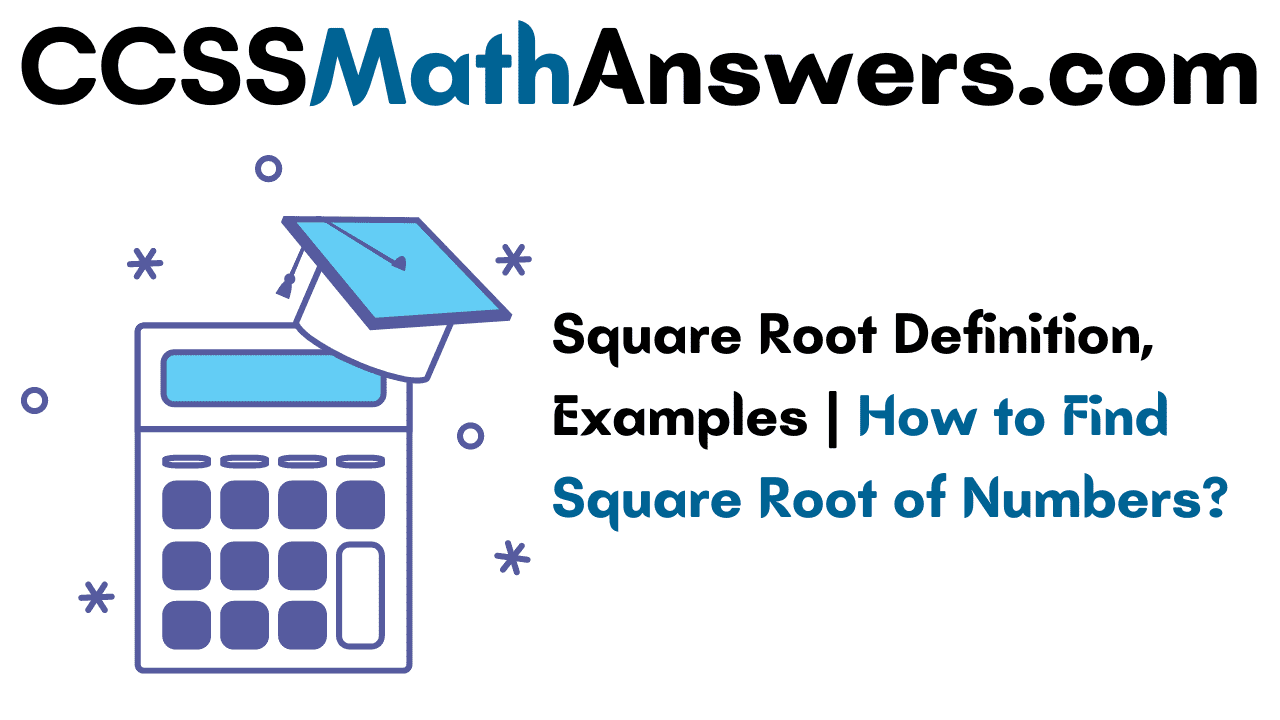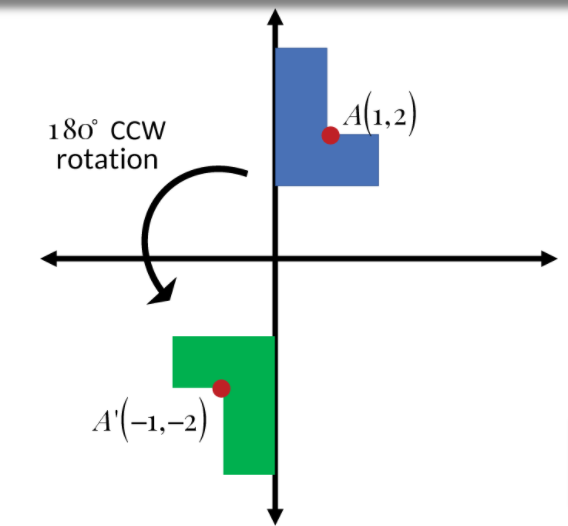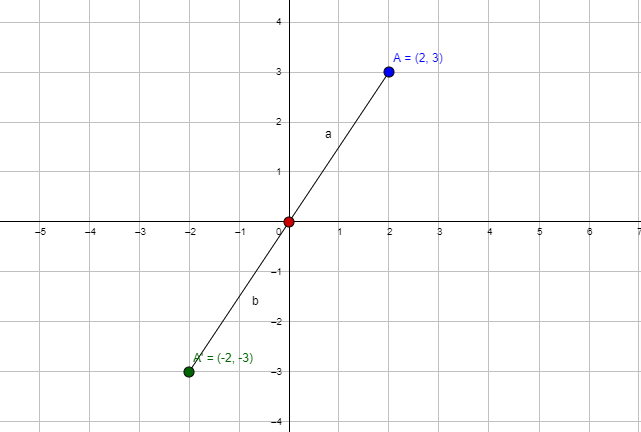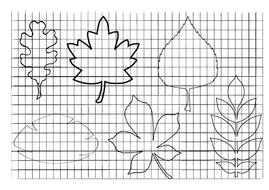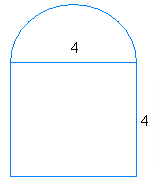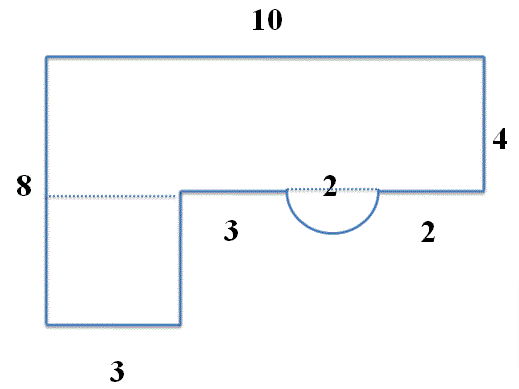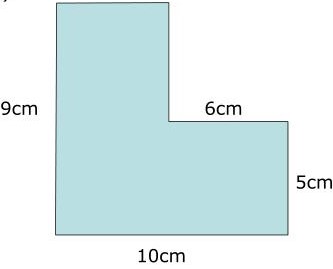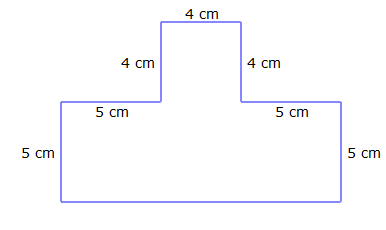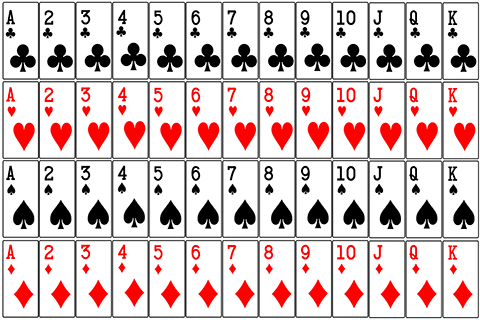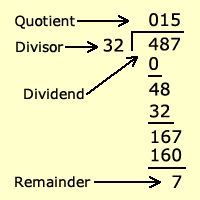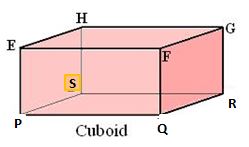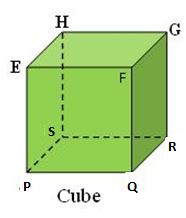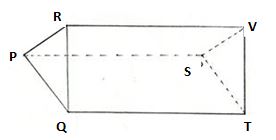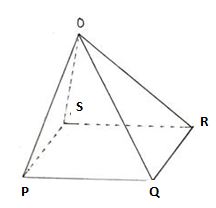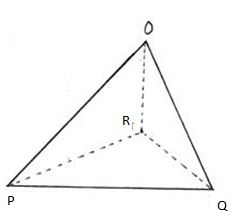The square root of a number can found by the prime factorization method easily. We have explained the step by step procedure to find the square root of a number. Check out the examples to find the square root of a number for better understanding. Also, we have given a clear explanation for the examples below. All square and square root concepts are given on our website for free of cost.
How to Find Square Root of a Perfect Square Number using Prime Factorization?
Let’s have a look at the below steps to find the square root of a perfect square by using the prime factorization method.
- Firstly, we will resolve the number inside the square root into prime factors.
- Then, inside the square root, for every two same numbers multiplied and one number can be taken out of the square root.
- In the next step, we will combine the like square root terms using mathematical operation.
Here in this finding square root of a Perfect Square by prime factorization method, we will solve various types of questions to make you familiar with the concept.
Square Root of a Perfect Square using Prime Factorization Examples
1. Find the square root of 256 by the prime factorization method?
Solution:
Given the number is 256,
To find the square root of a perfect square by the prime factorization method, we have to find the factors of 256.
256 = 4 × 4 × 4 × 4
Grouping the factors into the pairs of equal factors.
(4 × 4) ×(4 × 4)
Take one number from each group and multiply them to find the number whose square is 256.
4 × 4 = 16.
The square root of 256 is 16.
2. Find the square root of 5184?
Solution:
Given the number is 5184,
To find the square root of a perfect square by the prime factorization method, we have to find the factors of 5184.
5184 = 8 × 8 × 9 × 9
Grouping the factors into the pairs of equal factors.
(8 × 8) × (9 × 9)
Take one number from each group and multiply them to find the number whose square is 5184.
8 × 9 = 72.
The square root of 5184 is 72.
3. Find out the square root of 576?
Solution:
Given the number is 576,
To find the square root of a perfect square by the prime factorization method, we have to find the factors of 576.
576 = 2 × 2 × 3 × 3 × 4 × 4
Grouping the factors into the pairs of equal factors.
(2 × 2) × (3 × 3) × (4 × 4)
Take one number from each group and multiply them to find the number whose square is 576.
2 × 3 × 4 = 24.
The square root of 576 is 24.
4. Evaluate √3600?
Solution:
Given the number is √3600,
To find the square root of a perfect square by the prime factorization method, we have to find the factors of 3600.
√3600 = √(2 × 2 × 3 × 3 × 10 × 10)
Grouping the factors into the pairs of equal factors.
√[(2 × 2) × (3 × 3) × (10 × 10)]
Take one number from each group and multiply them to find the number whose square is 3600.
2 × 3 × 10 = 60.
The square root of 3600 is 60.
5. Evaluate √112896?
Solution:
Given the number is √112896,
To find the square root of a perfect square by the prime factorization method, we have to find the factors of 112896.
√3600 = √(2 × 2 × 4 × 4 × 6 × 6 × 7 × 7)
Grouping the factors into the pairs of equal factors.
√[(2 × 2) × (4 × 4) × (6 × 6) × (7 × 7)]
Take one number from each group and multiply them to find the number whose square is 112896.
2 × 4 × 6 × 7 = 336.
The square root of 112896 is 336.
6. In an auditorium, the number of rows is equal to the number of tables in each row. If the capacity of the auditorium is 484, find the number of tables in each row?
Solution:
Given that in an auditorium, the number of rows is equal to the number of tables in each row.
Let the number of chairs in each row be x.
Then, the number of rows = x.
Total number of chairs in the auditorium = (x × x) = x²
But, the capacity of the auditorium = 484(given).
Therefore, x² = 484.
To find the square root of a perfect square by the prime factorization method, we have to find the factors of 484.
√484 = √(2 × 2 × 11 × 11)
Grouping the factors into the pairs of equal factors.
√[(2 × 2) × (11 × 11)]
Take one number from each group and multiply them to find the number whose square is 484.
2 × 11 = 22.
Hence, the number of tables in each row = 336.
7. Find the smallest number by which 1452 must be multiplied so that the product becomes a perfect square?
Solution:
Given the number is 1452,
To find the square root of a perfect square by the prime factorization method, we have to find the factors of 1452.
1452= √(2 × 2 × 11 × 11 × 3)
Grouping the factors into the pairs of equal factors.
[(2 × 2) × (11 × 11) × (3)]
Multiply 3 to make it a perfect square.
[(2 × 2) × (11 × 11) × (3 × 3)]
Take one number from each group and multiply them to find the number whose square is 1452.
2 × 11 × 3 = 66.
The square root of 1452 is 66.
Therefore, the smallest number by which 1452 must be multiplied so that the product becomes a perfect square is 3.
8. Find the smallest number by which 180 must be divided so that the quotient is a perfect square?
Solution:
Given the number is 180,
To find the square root of a perfect square by the prime factorization method, we have to find the factors of 180.
180 = √(2 × 2 × 3 × 3 × 5)
Grouping the factors into the pairs of equal factors.
[(2 × 2) × (3 × 3) × (5)]
Divide 5 to make it a perfect square.
[(2 × 2) × (3 × 3)]
Take one number from each group and multiply them to find the number whose square is 180.
2 × 3 = 6.
The square root of 36 is 6.
Therefore, the smallest number by which 180 must be divided so that the quotient is a perfect square is 5.
9. Find the least square number divisible by each one of 4, 9, and 12?
Solution:
The least number divisible by each one of 4, 9, 12 is their LCM.
Now, LCM of 4, 9, 12 = (2 × 2 × 9 × 6) = 216.
By prime factorization, we get
216 = 2 x 2 x 2 x 3 × 3 x 3
To make it a perfect square it must be multiplied by (2 × 3) i.e., 6.
Hence, the required number = (216 × 6) = 1296.


